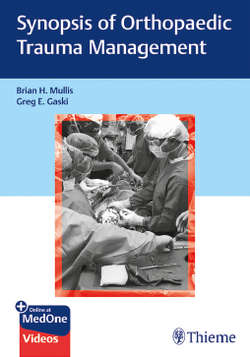Читать книгу Synopsis of Orthopaedic Trauma Management - Brian H. Mullis - Страница 87
Introduction
ОглавлениеThe incidence of pathologic fractures is rising and patients with metastatic disease are living longer. All orthopaedic surgeons providing trauma call coverage should have a sound knowledge of the principles and approach to the treatment of this subset of fractures. The approach to lesions of uncertain etiology should be systematic and complete starting with a detailed history and physical examination, laboratory evaluation, and imaging studies. Early return to maximal function by minimizing restrictions and surgical complications is paramount to provide patients with a meaningful quality of life. Most procedures are of palliative nature and an understanding of patient performance status, medical comorbidities, stage of disease, and establishing goals of care are most optimally provided through a co-management, team-based approach with internal medicine, palliative care, nutrition, medical oncology, radiation oncology, and physiotherapy services. A general knowledge of the behavior of tumor subtypes is vital for avoiding pitfalls. Construct stability must be durable and sustainable for the remainder of the patient’s life expectancy. The purpose of this chapter is to review the approach and work-up for patients with an impending or actual pathologic fracture and provide management principles that can be employed by the general orthopaedic surgeon to avoid pitfalls, maximize functional recovery, and limit complications in the treatment of patients with bone metastases (▶Video 11.1).
Keywords: pathologic fractures, bone metastases, prophylactic fixation, surgical adjuvants, palliative treatment
